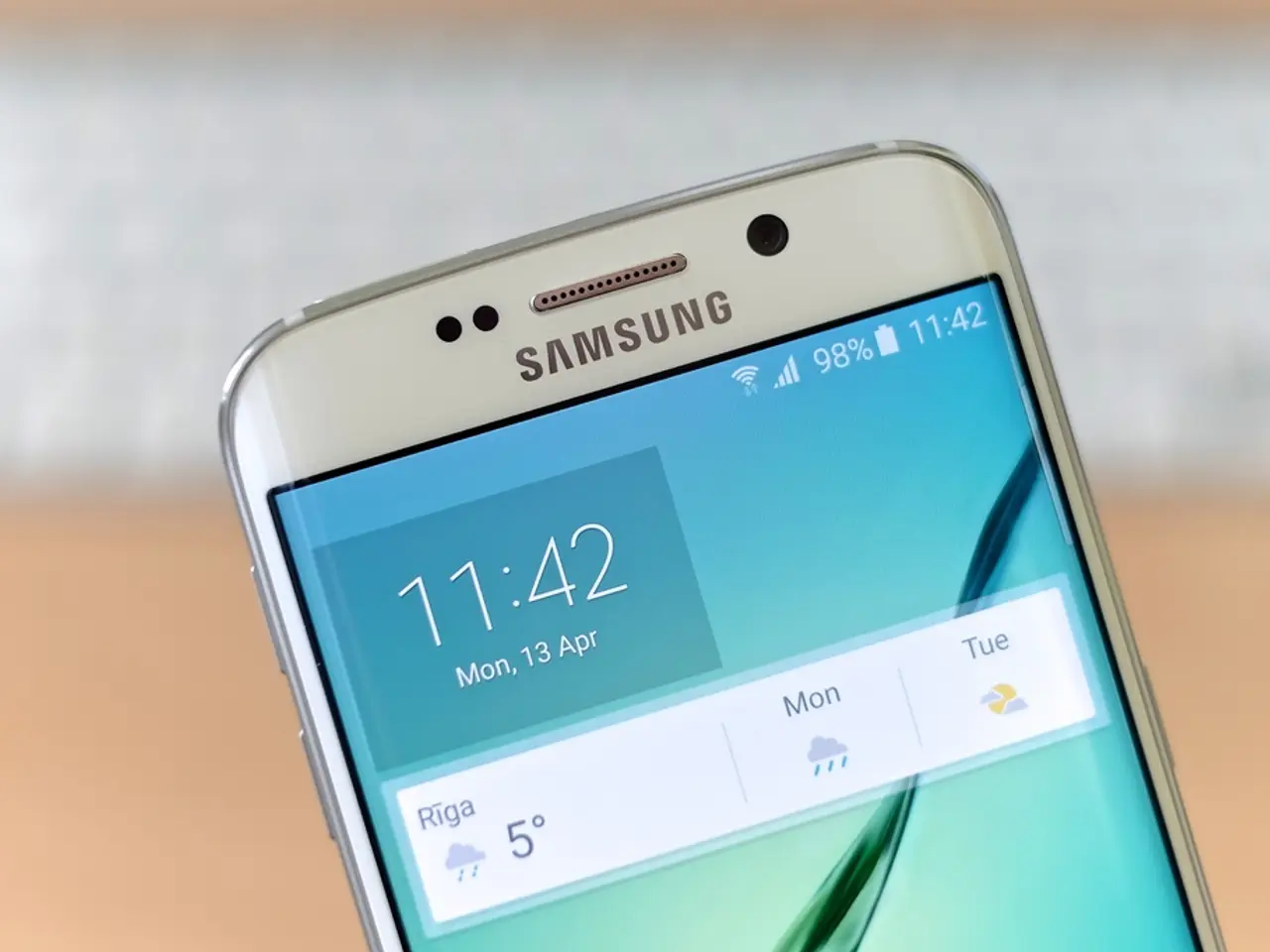Guide on Tracking Flip Phone Location: Detailed Instructions
In the modern world, tracking devices have become a common feature in smartphones. However, what about the humble flip phone? Can it be tracked, and if so, how? This article provides a comprehensive guide to tracking flip phones ethically and legally.
Firstly, it's crucial to obtain explicit consent from the phone owner before any tracking. This ensures ethical and legal compliance. Once you have the owner's permission, you can employ built-in phone tracking features if the flip phone supports them, or install tracking apps designed for consent-based location sharing, if compatible.
It's important to avoid any use of IMEI-based tracking on your own, as only authorized carriers or law enforcement may track phones by IMEI, and this is not available to individuals or third-party services.
Many flip phones have limited smart functions, so the options may be limited. You can utilize any built-in tracking service activated by the phone carrier if available. Alternatively, use third-party trackers that require installation on the flip phone and explicit permission from the user. However, ensure the flip phone is compatible with such apps before proceeding.
Parental control or family locator apps often provide features such as real-time GPS tracking, geo-fencing, and emergency alerts. These apps emphasize secure, encrypted data sharing and location history visibility only with permission.
If location data is inaccurate on a flip phone, ensure GPS is enabled, check for signal interference, and update the phone's software. To reduce battery drain when tracking a flip phone, decrease the location update frequency, close unnecessary apps, and disable background app refresh.
Cellular triangulation is a location-finding method that uses signal strength from multiple cell towers to estimate a flip phone's location. While cell tower triangulation can be used for flip phone location tracking, it's less precise than GPS.
Many mobile carriers offer location services for tracking flip phones, often requiring the phone owner's consent and a monthly fee. Connectivity problems with a flip phone can be resolved by checking the signal strength, restarting the phone, or contacting the mobile carrier.
In summary, to legally and ethically track a flip phone's location with the owner's explicit consent:
- Obtain explicit owner consent
- Use built-in or approved apps
- Avoid IMEI tracking personally
- Verify flip phone compatibility
By following these principles, you stay within legal boundaries and respect privacy while tracking a flip phone's location with consent. However, it's important to remember that tracking someone's phone without their consent is illegal in most jurisdictions.
- While some flip phones may have limited smart functions, they might still support built-in phone tracking features or be compatible with third-party tracking apps that require explicit permission.
- Incorporating technology like parental control or family locator apps can provide features such as real-time GPS tracking, geo-fencing, and emergency alerts, emphasizing secure data sharing with the user's permission.




